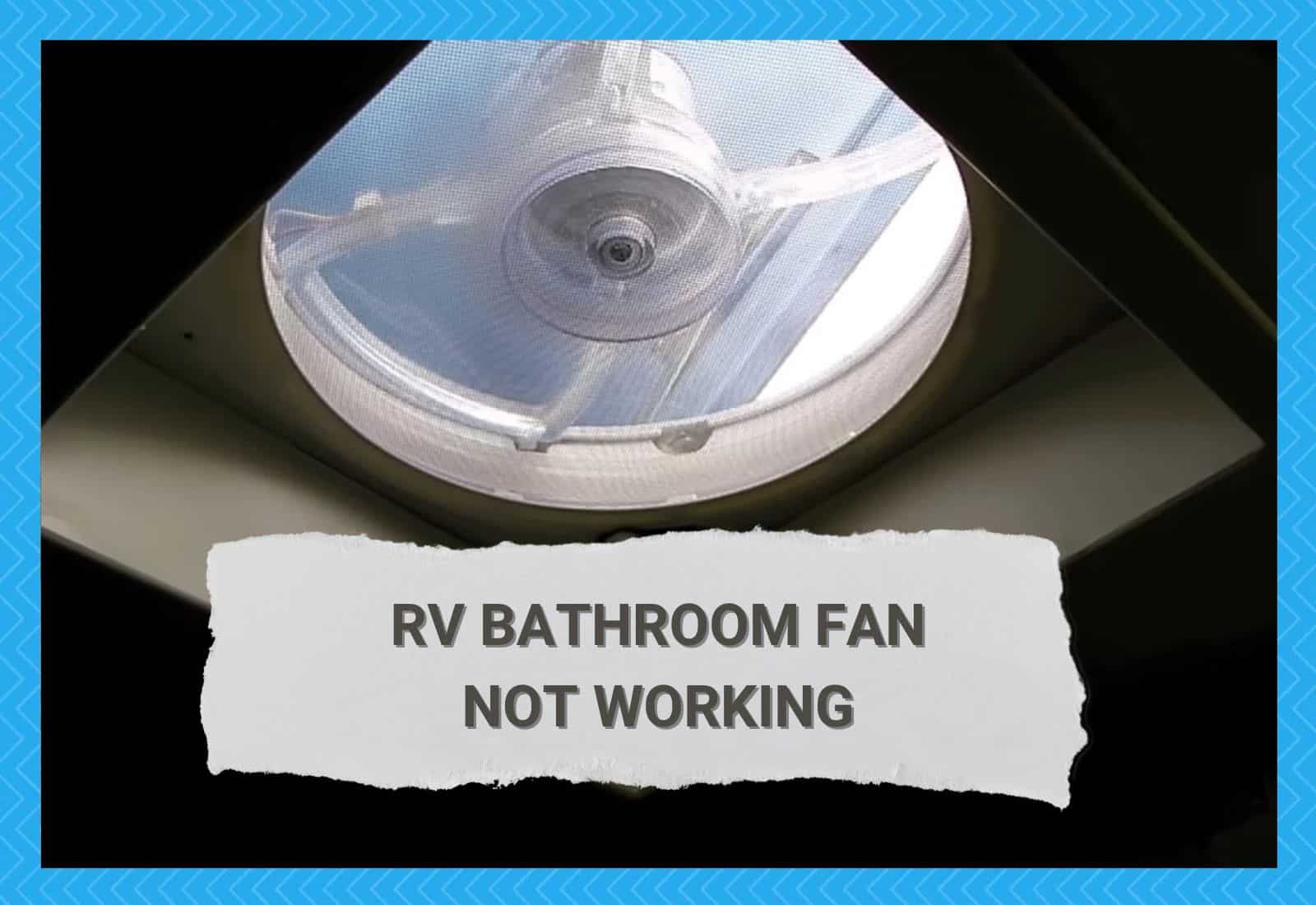Troubleshooting Common Issues

Bathroom fan not working well – When your bathroom fan is not working well, it can be a major inconvenience. Fortunately, there are a few common reasons why this might happen, and most of them are easy to fix. Here’s a troubleshooting guide to help you get your fan back up and running in no time.
Nah, ngomong-ngomong soal kipas kamar mandi yang nggak jalan, gue jadi inget sama kaneki wallpaper yang baru gue pasang di kamar gue. Keren banget sumpah, gambarnya detail banget. Tapi balik lagi ke kipas kamar mandi, bener-bener bikin kesel kalau nggak jalan.
Udah deh, mending langsung panggil tukang aja daripada pusing sendiri.
Power Source
The first thing to check is the power source. Make sure that the fan is plugged in and that the power switch is turned on. If the fan is plugged into a GFCI outlet, reset the outlet by pressing the button on the faceplate.
Guys, my bathroom fan is not working well lately, and it’s making me sweat like a pig in summer. Speaking of summer, have you checked out the latest summer wallpaper designs? They’re so cool and refreshing, just like a cold shower on a hot day.
But back to my bathroom fan, I really need to get it fixed before it starts smelling like a wet dog in here.
Cleaning the Fan
If the fan is getting power but not spinning, it may be dirty. Turn off the power to the fan and remove the grille. Use a vacuum cleaner to remove any dust or debris from the fan blades and housing. Be careful not to damage the fan blades.
Inspecting for Obstructions
If the fan is clean but still not working, there may be an obstruction in the ductwork. Check the ductwork for any kinks or blockages. If you find any obstructions, remove them and try running the fan again.
Assessing Electrical Problems

Electrical problems can be a common cause of bathroom fan malfunctions. These issues can range from simple loose connections to more serious wiring faults. To troubleshoot electrical problems, you’ll need to safely test for voltage and continuity in the fan’s wiring.
Testing for Voltage
Before you start testing, make sure the power to the fan is turned off at the circuit breaker or fuse box. Use a non-contact voltage tester to check for voltage at the fan’s electrical terminals. If there is no voltage present, the problem may be with the power supply or the wiring.
Testing for Continuity, Bathroom fan not working well
Once you’ve confirmed that there is voltage at the fan’s terminals, you can test for continuity in the wiring. Use a multimeter set to the continuity setting. Touch one probe to one terminal on the fan and the other probe to the other terminal. If the multimeter beeps, there is continuity in the wiring. If there is no continuity, the wiring may be broken or damaged and will need to be repaired or replaced.
Repairing Electrical Components
If you find any faulty electrical components, such as loose connections, damaged wires, or a blown fuse, you’ll need to repair or replace them. For loose connections, simply tighten the screws that hold the wires in place. For damaged wires, cut out the damaged section and splice in a new piece of wire. For a blown fuse, replace it with a new fuse of the same amperage. If you’re not comfortable working with electricity, it’s best to call a qualified electrician for assistance.
Evaluating Fan Performance: Bathroom Fan Not Working Well

Evaluating the performance of a bathroom fan is crucial to ensure optimal ventilation and air circulation in your bathroom. Several factors contribute to a fan’s effectiveness, including its size, ventilation capacity, and noise levels.
Determining the appropriate fan size for your bathroom is essential. The fan’s size should correspond to the square footage and ceiling height of the bathroom. As a general rule, a bathroom with 100 square feet of floor area requires a fan that can move at least 100 cubic feet per minute (CFM) of air.
Optimizing Fan Performance
- Ensure Proper Ventilation: Make sure the bathroom fan is vented directly to the outside, not into the attic or crawlspace. This allows the fan to effectively remove moisture and odors from the bathroom.
- Clean the Fan Regularly: Dust and debris can accumulate on the fan blades and housing, reducing airflow. Clean the fan regularly to maintain optimal performance.
- Use a High-Quality Fan: Invest in a high-quality bathroom fan with a powerful motor and efficient blades. This will ensure the fan operates quietly and effectively.